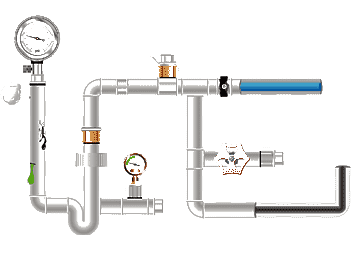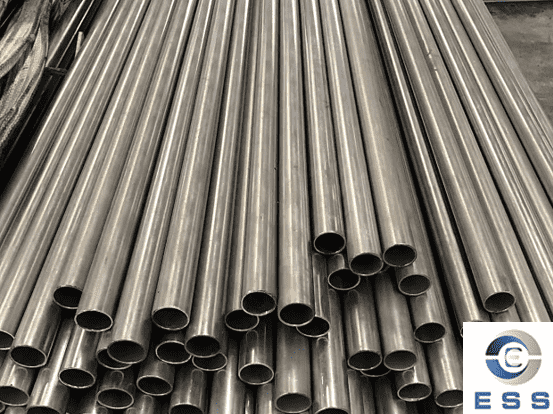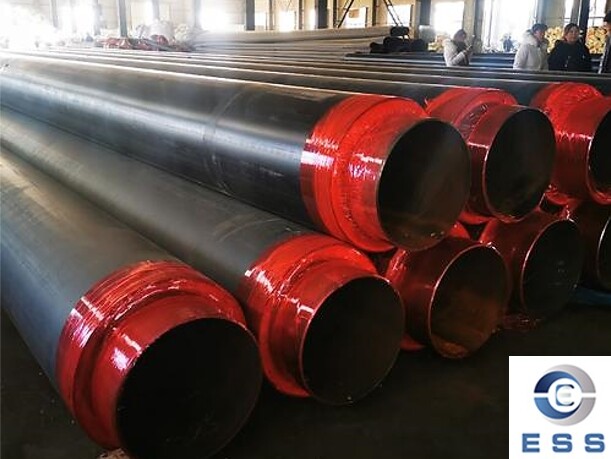1. Alloy pipe
Alloy pipe is a kind of seamless
steel pipe, and its performance is much higher than that of ordinary
seamless steel pipe. Alloy pipes are divided into structural seamless pipes and
high-pressure heat-resistant alloy pipes. Mainly different from alloy pipes and
their industry production standards, the annealing and tempering of alloy pipes
changes their mechanical properties. meet the required processing conditions.
Its performance is higher than ordinary seamless steel pipe. The chemical
composition of alloy pipes contains more Cr and has the characteristics of high
temperature resistance, low temperature resistance and corrosion resistance.
2. Seamless carbon steel pipe
Carbon steel pipes are made by perforating
steel ingots or solid round steel into capillary tubes, and then hot rolling,
cold rolling or cold drawing.
The raw material of carbon steel pipes is round
tube blanks. The round tube blanks need to be cut into billets of about 1 meter
in length by a cutting machine and transported to the furnace by a conveyor
belt. The billet is fed into the furnace for heating, and the temperature is
about 1200 degrees Celsius. The fuel is hydrogen or acetylene. Furnace temperature
control is a critical issue.
After the round tube comes out of the furnace, it
must be perforated with a pressure punching machine.
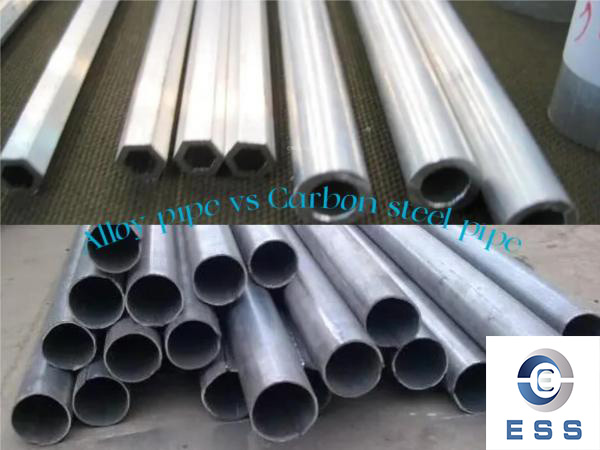
Alloy Pipe vs. Seamless Carbon Steel
Pipe: Chemical Composition Comparison
1. Alloy pipe
Alloy pipe refers to steel that contains
not only silicon and manganese as alloying elements or deoxidizing elements,
but also other alloying elements, and some also contain certain non-metallic
elements.
According to the content of alloy elements in steel pipes, they can
be divided into low alloy steel pipes, medium alloy steel pipes and high alloy
steel pipes.
2. Seamless carbon steel pipe
Carbon steel pipe mainly refers to steel
whose mechanical properties depend on the carbon content in the steel pipe. Seamless
carbon steel pipe is primarily composed of iron and carbon, with the carbon
content typically ranging from 0.06% to 1.5%.
Depending on the carbon content,
steel can be categorized as low-carbon steel, medium-carbon steel, and
high-carbon steel. The presence of carbon significantly increases the strength
and hardness of steel, but excessive carbon content can reduce the material's
plasticity and toughness.
Alloy Pipe vs. Seamless Carbon Steel
Pipe: Comparison of Mechanical Properties
1. Alloy pipe
Alloy steel pipes demonstrate significant
advantages in mechanical properties. Through appropriate alloy design and heat
treatment, they can achieve yield strengths exceeding 500 MPa and tensile
strengths exceeding 700 MPa, far exceeding those of ordinary seamless carbon
steel pipes. Furthermore, alloying elements enhance the material's toughness
and lower its brittle transition temperature.
2. Seamless carbon steel pipe
Although seamless carbon steel pipes have
lower strength, they have good plasticity and formability. Their yield strength
is usually between 245-345 MPa and their tensile strength is about 400-500 MPa,
which is fully capable of meeting the needs of general industrial applications.
Alloy Pipe vs. Seamless Carbon Steel
Pipe: Comparison of Temperature Resistance
1. Alloy pipe
Alloy steel pipes demonstrate exceptional
performance advantages in high-temperature environments. Chromium-molybdenum
alloy steel pipes maintain excellent strength and structural stability at
temperatures above 500°C and are widely used in
high-temperature equipment such as boilers and heat exchangers.
For low-temperature applications,
nickel-containing alloy steel pipes exhibit excellent low-temperature toughness
and are suitable for cryogenic environments such as liquefied natural gas
storage and transportation.
2. Seamless carbon steel pipe
However, seamless carbon steel pipes will
experience a significant drop in strength when the temperature exceeds 350°C, and are prone to brittle fracture at low temperatures, so their
use in low-temperature environments is limited.
Alloy Pipe vs. Seamless Carbon Steel
Pipe: Comparison of Processing and Welding
1. Alloy pipe
The processing and welding of alloy steel
pipes require special process measures. Due to the influence of alloy elements,
this type of steel pipe needs to be preheated and post-heat treated during
welding to prevent the occurrence of cold cracks.
2. Seamless carbon steel pipe
Seamless carbon steel pipe has excellent
processability and is easily cold-worked, such as cutting, bending, and
forming. It also has excellent weldability, allowing for high-quality welds
using conventional welding methods. These characteristics make seamless carbon
steel pipe the most commonly used structural pipe.
Alloy Pipe vs. Seamless Carbon Steel
Pipe: Comparison of Cost
From a procurement cost perspective,
seamless carbon steel pipes offer significant advantages, typically priced
30%-50% lower than alloy steel pipes of the same specifications.
However, from a lifecycle cost analysis,
alloy steel pipes are often more economical for demanding applications, as
their longer service life and lower maintenance costs offset the initial
investment difference.
Alloy Pipe vs. Seamless Carbon Steel
Pipe: Comparison of Application
1. Alloy pipe
Alloy steel pipes are primarily used in
special operating conditions such as high-temperature and high-pressure
equipment, corrosive environments, and cryogenic engineering. They are an
indispensable key material in key fields such as petrochemicals, power plant
boilers, and aerospace.
2. Seamless carbon steel pipe
Seamless carbon steel pipes are widely used
in common working conditions such as building structures, general fluid
transportation, and low-pressure equipment. Their excellent overall performance
and low cost make them the most widely used seamless steel pipe variety.
Conclusion
Alloy steel pipes and seamless carbon steel
pipes each have unique performance characteristics and application areas.
Choosing the right material for seamless steel pipe requires comprehensive
consideration of factors such as operating conditions, performance
requirements, and economic viability.









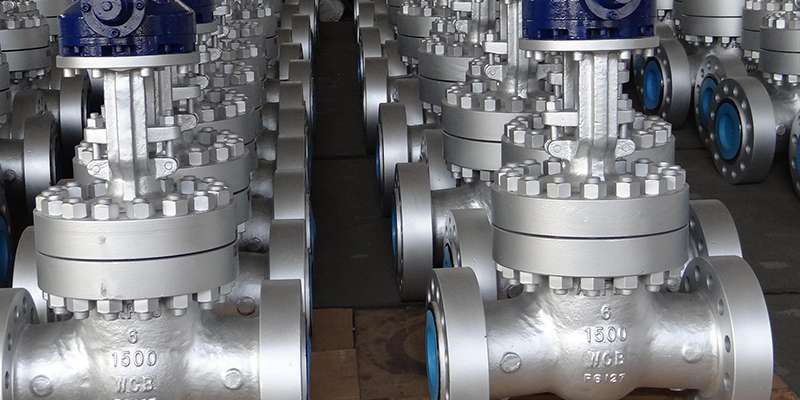



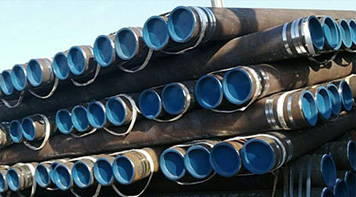 Eastern Steel Manufacturing Co.,Ltd not only improve product production and sales services, but also provide additional value-added services. As long as you need, we can complete your specific needs together.
Eastern Steel Manufacturing Co.,Ltd not only improve product production and sales services, but also provide additional value-added services. As long as you need, we can complete your specific needs together.
